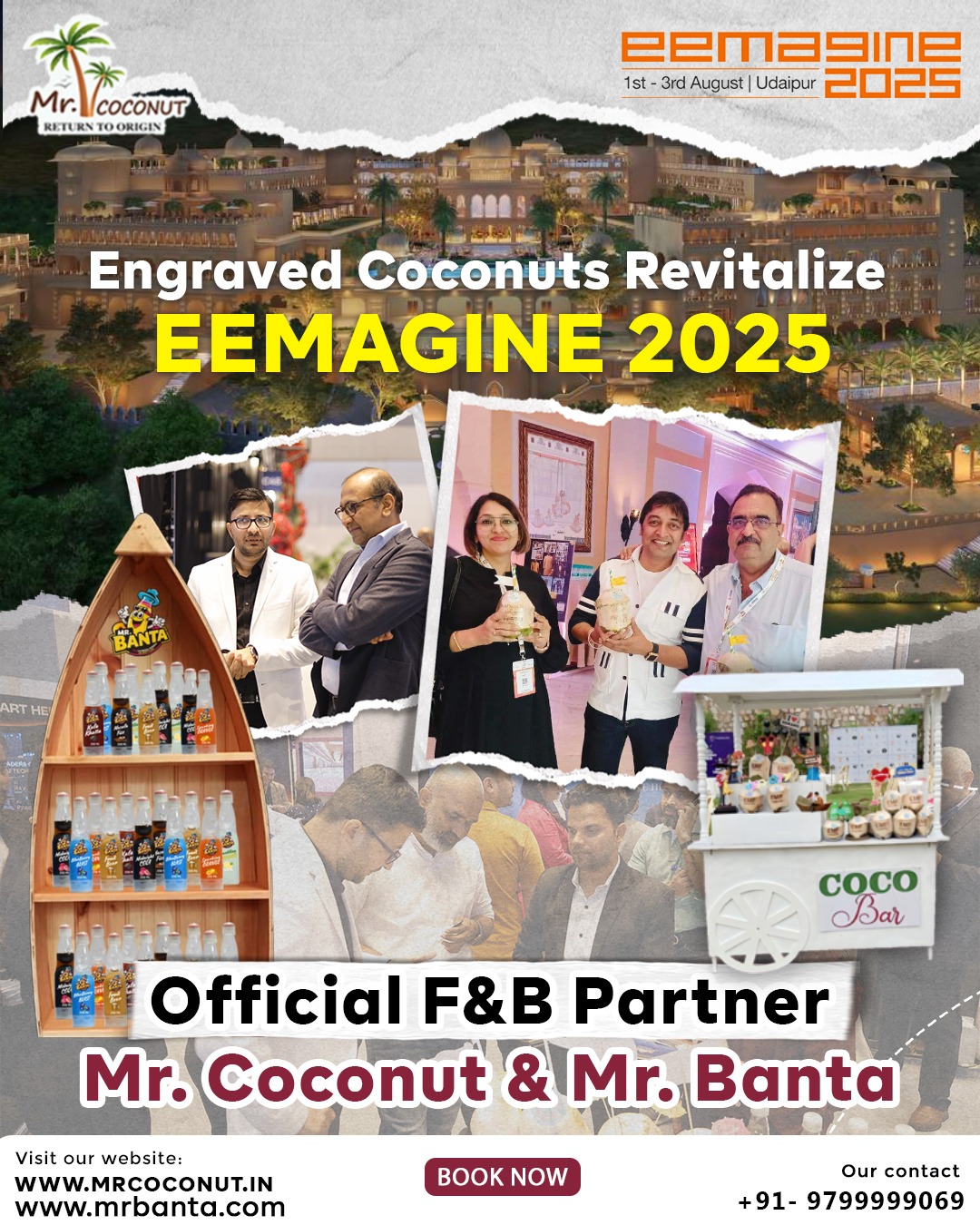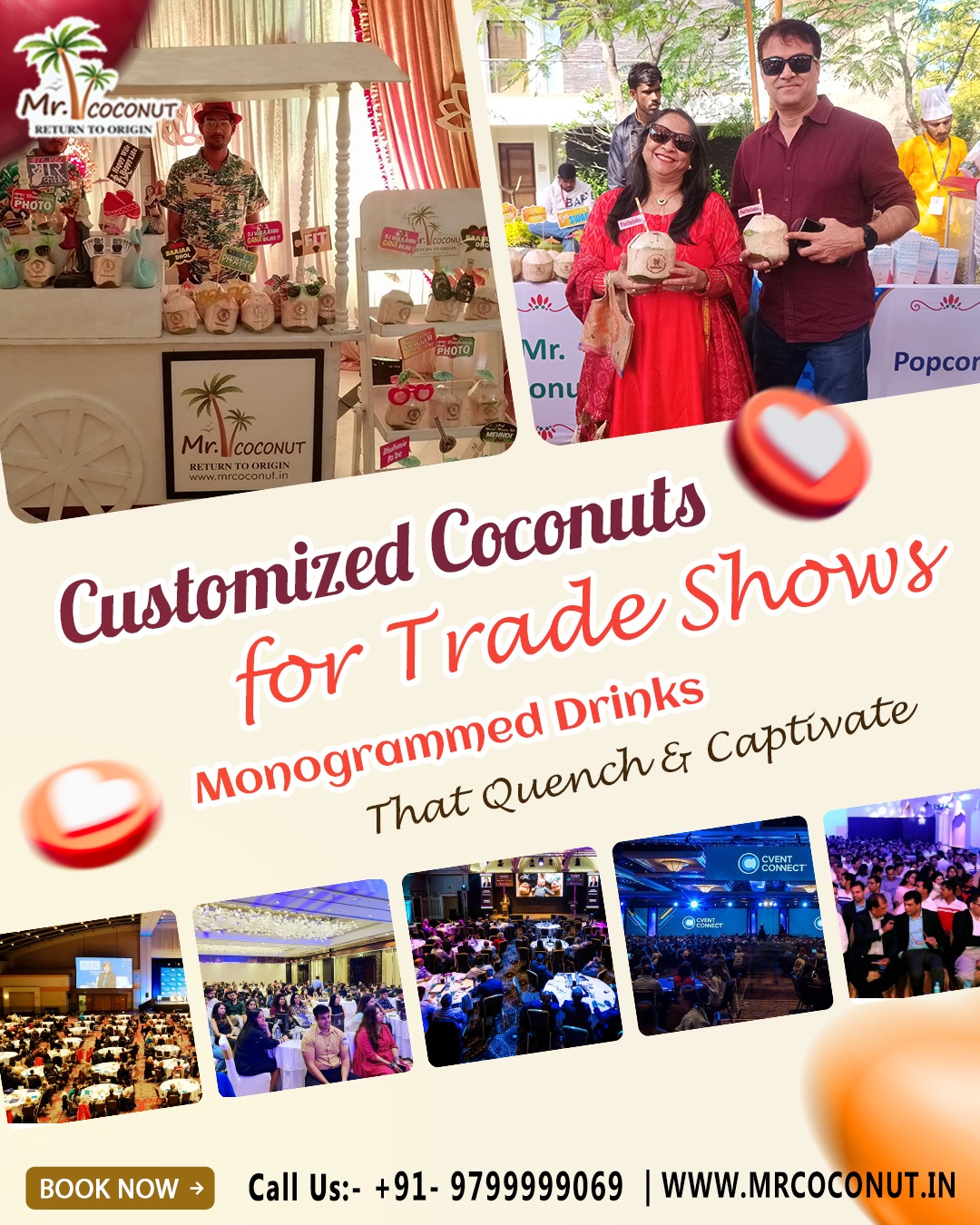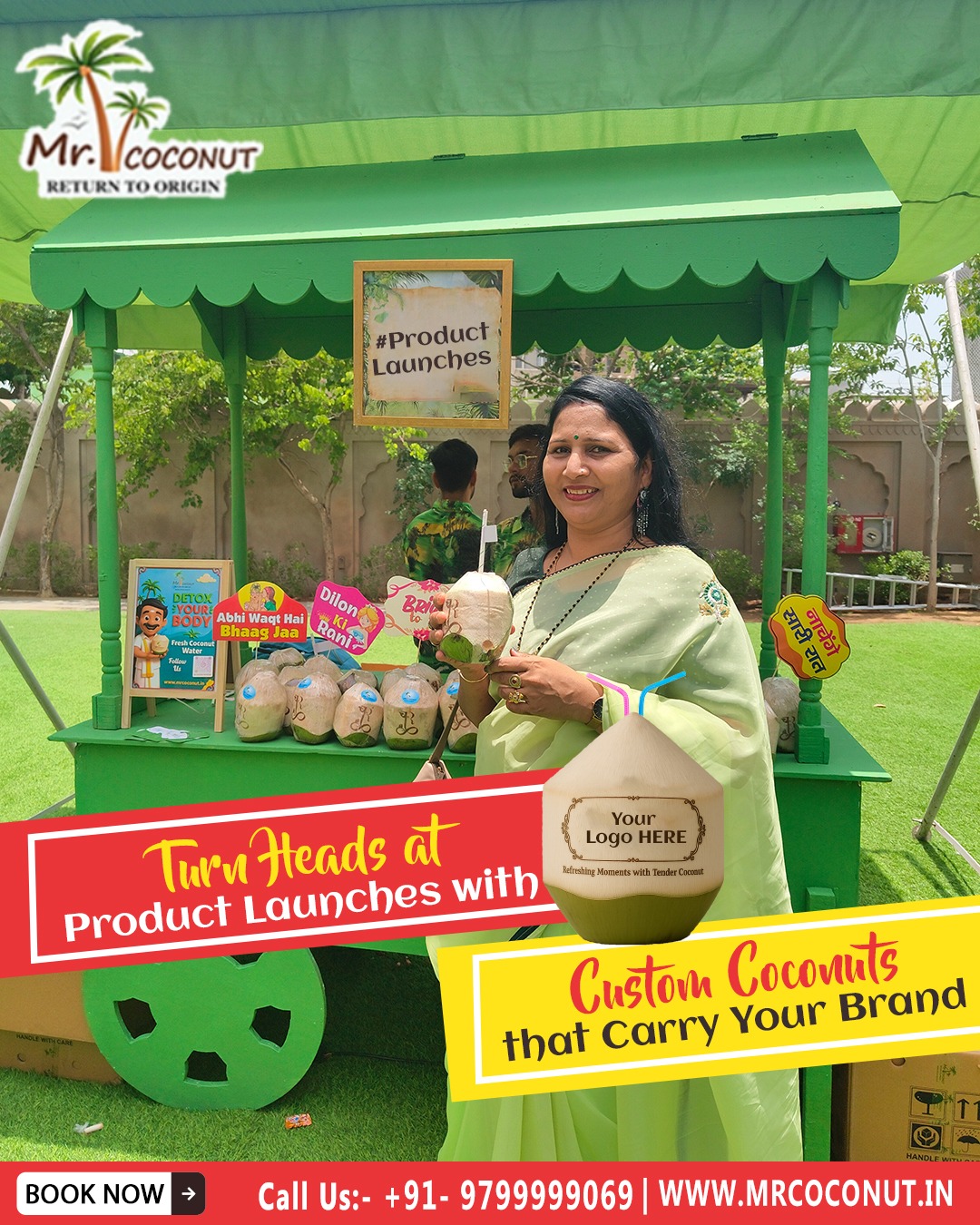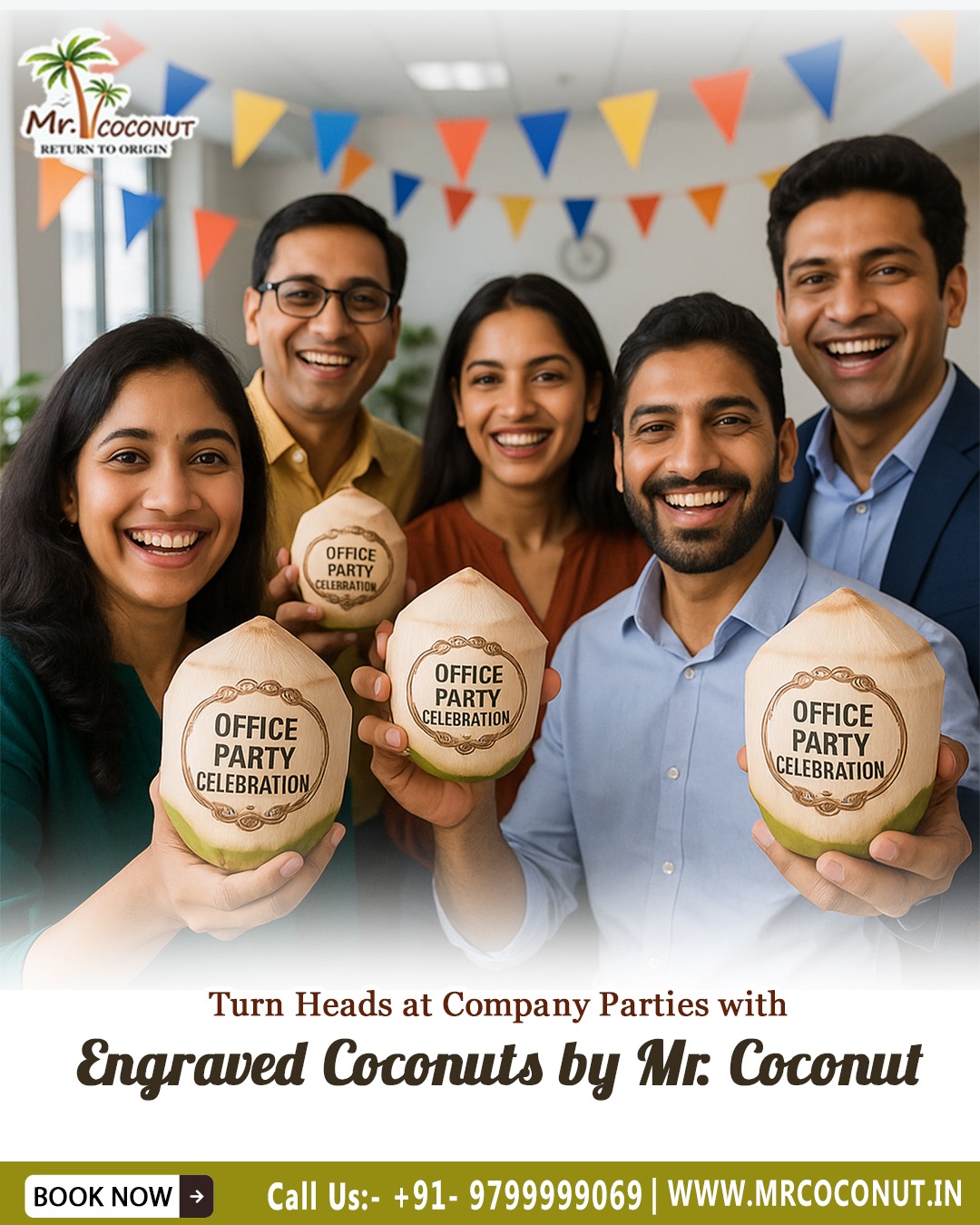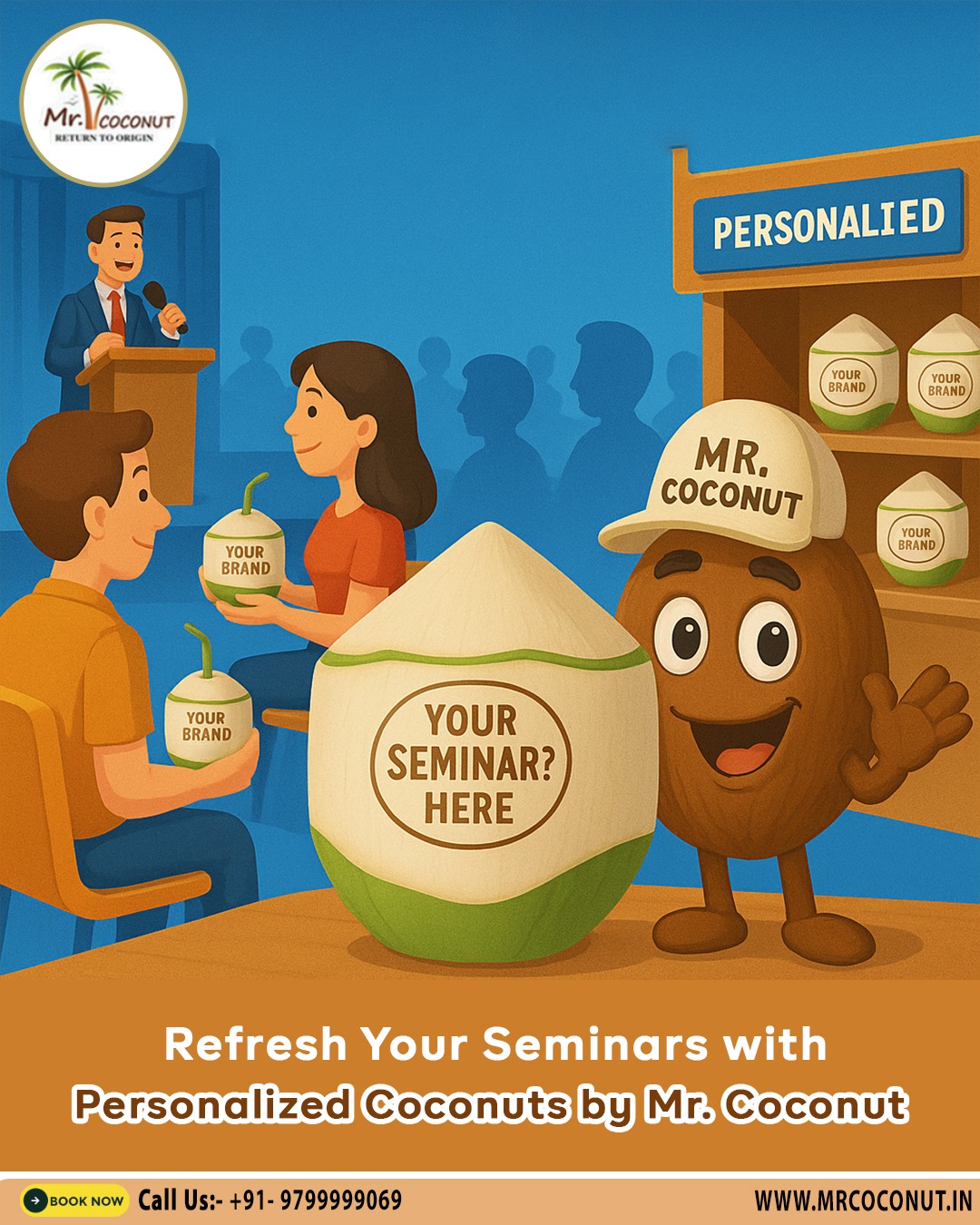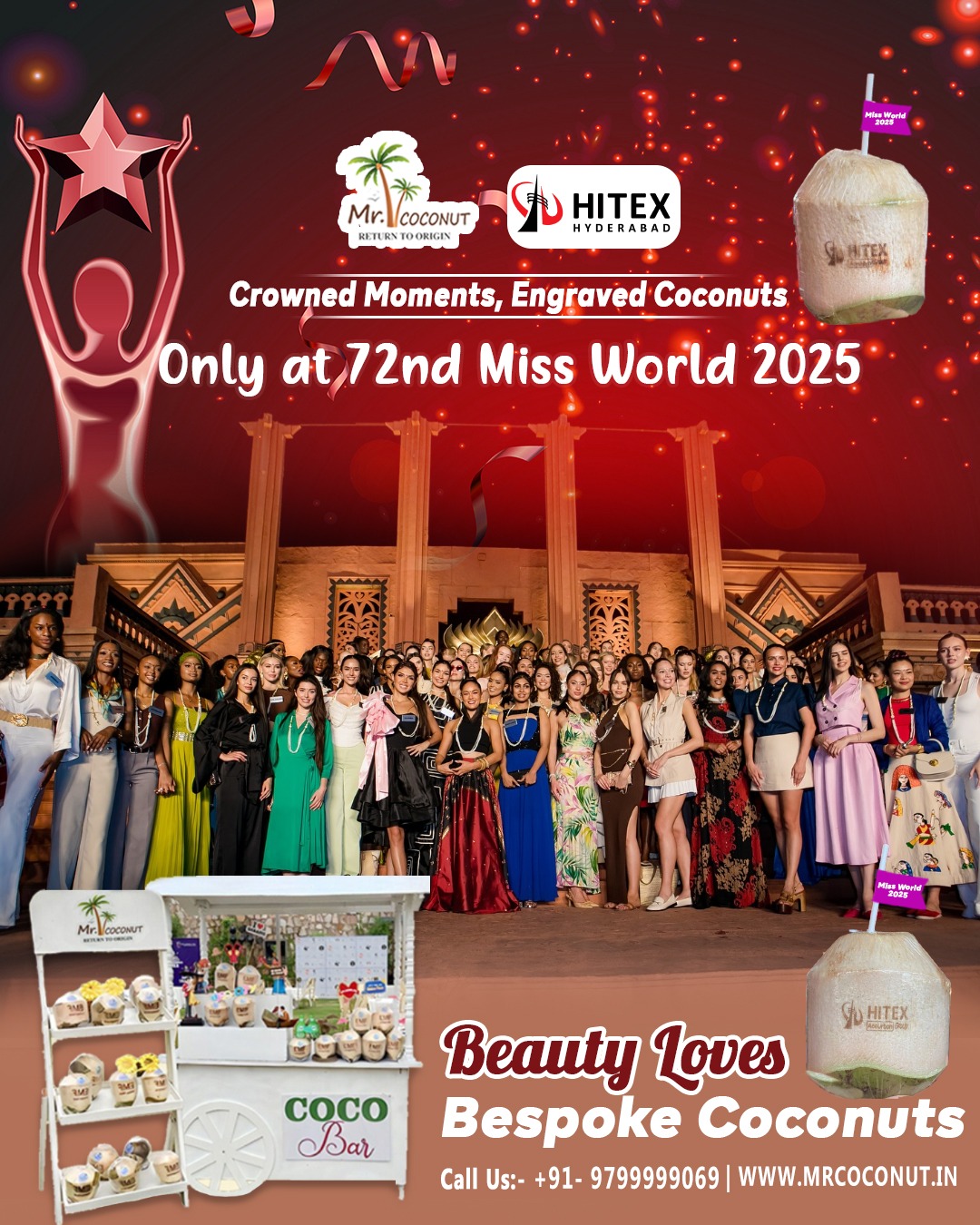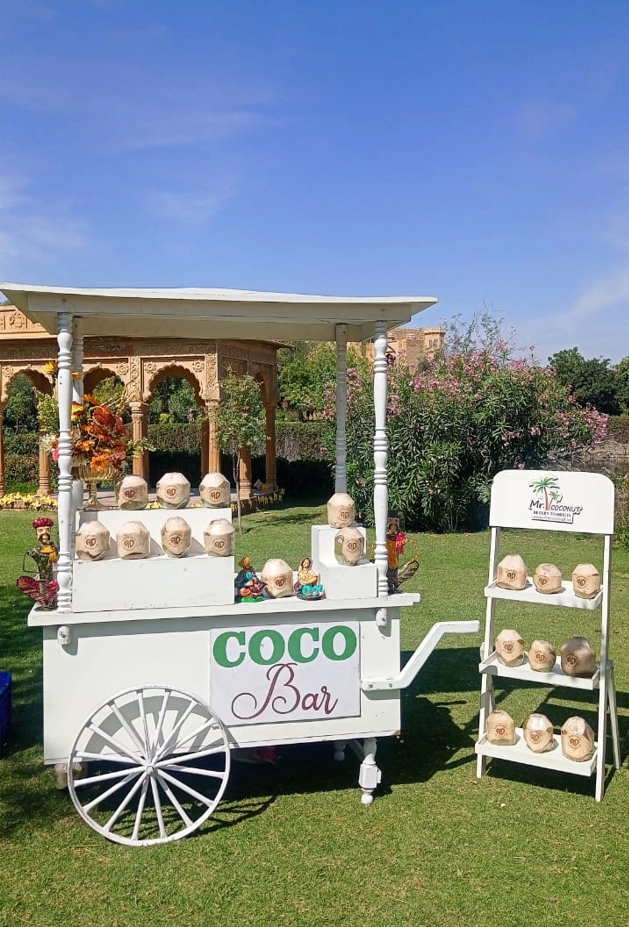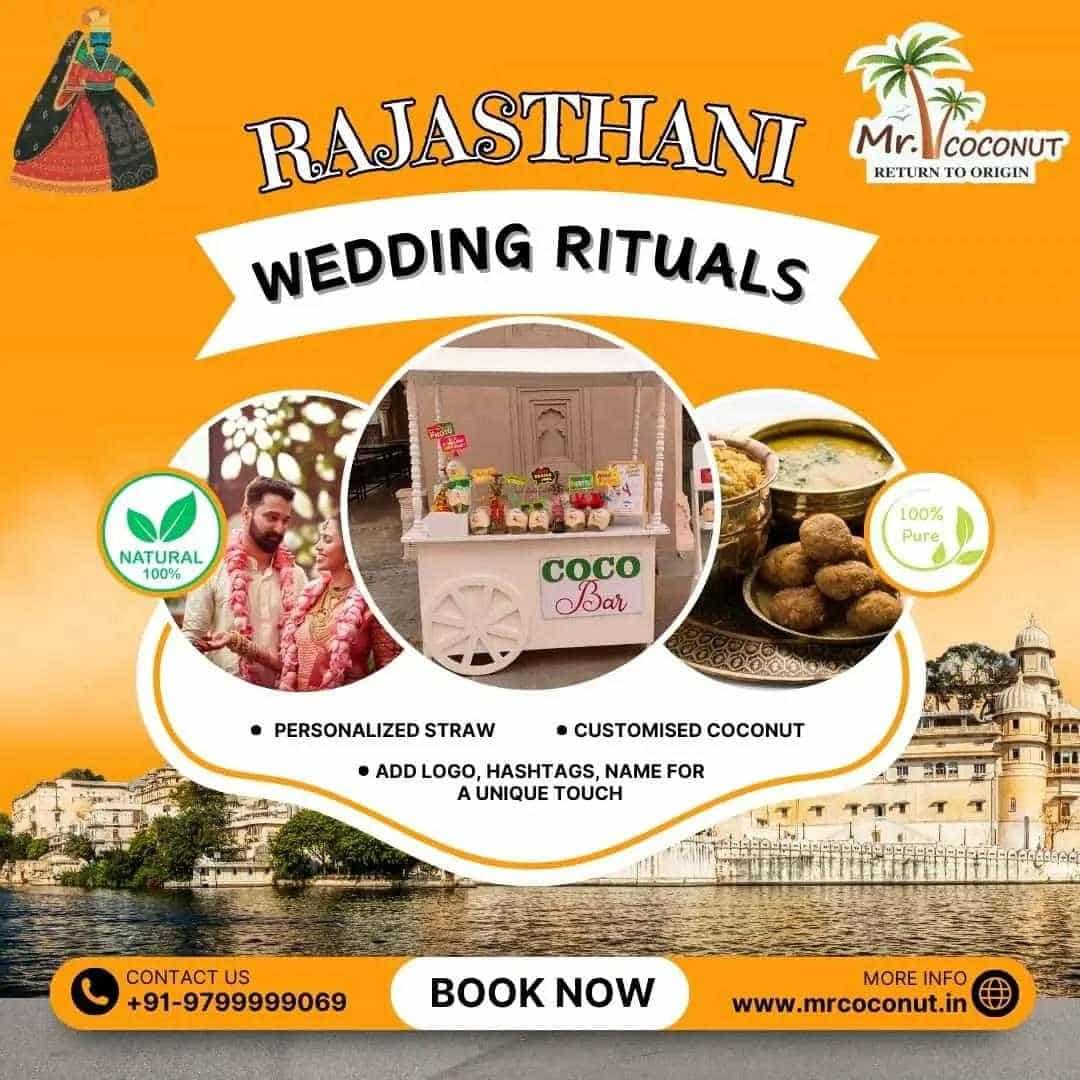
Rajasthani Wedding Rituals
By: Shivam Agarwal, CEO & CO-FOUNDER MR COCONUT | 30 December 2023A Rajasthani wedding is not merely a ceremony; it is a grand tapestry woven with vibrant threads of tradition, culture, and luxury. Nestled in the heart of India, Rajasthan, the land of royal palaces and desert landscapes, hosts weddings that are a spectacular blend of customs, rituals, and celebrations.
Rajasthani Wedding Rituals
In this comprehensive exploration, we delve into the intricate details of Rajasthani wedding rituals, unlocking the secrets of a celebration that is as grand as the majestic forts
that dot the landscape.
1. Pre-Wedding Rituals:
a. Sagai (Engagement):
The journey of a Rajasthani wedding begins with the Sagai, the engagement ceremony. It is an auspicious occasion where the families exchange gifts, and the couple exchanges rings as a symbol of their commitment.
b. Pithi Dastoor (Haldi Ceremony):
The Pithi Dastoor, or Haldi ceremony, is a vibrant affair where turmeric paste is applied to the bride and groom for its optimistic and purifying properties. The yellow hue of turmeric signifies prosperity and fertility.
c. Mehendi Rasam:
The Mehendi Rasam is a celebration of intricate henna designs adorning the bride's hands and feet. It is not just a beautification ritual but holds cultural significance, with hidden initials or symbols representing the groom's name.
d. Janev (Thread Ceremony):
The Janev ceremony is a sacred thread ceremony for the groom, symbolizing the transition to the next stage of life. It is a solemn ritual performed with Vedic chants and prayers.
2. Innovative Beverage Experiences:
a. Customized Coconuts by Mr. Coconut:
Adding a contemporary touch to the traditional Rajasthani wedding experience is the trend of serving customized coconuts by Mr. Coconut. This innovative concept combines the health benefits of coconut water with personalized designs on the coconut shells. Whether adorned with intricate henna patterns, monograms, or special messages, these customized coconuts add a unique and refreshing element to events like destination weddings, birthdays, anniversaries, and ring ceremonies.
b. Monogram Coconut as a Unique Gift:
The beautifully crafted Monogram Coconut offered by Mr. Coconut is not just a beverage but also serves as an attractive and unique gift. The fusion of health and aesthetics makes it a perfect token of love and good wishes for special occasions. Gifting a monogrammed coconut is a novel way to express sentiments, blending tradition with a modern and personalized touch.
c. Efficient Supply Chain Management:
Mr. Coconut stands out not only for its creative offerings but also for its efficient supply chain management. Leveraging its in-house technology platform, the company manages a network of partner stores, ensuring a fast and lean supply chain. This allows them to deliver A+ grade quality coconut water with customized designs straight from manufacturers to customers in key cities like Jaipur, Delhi, Lucknow, and other popular metro areas.
d. Diverse Product Range:
Beyond the customized coconuts, Mr. Coconut utilizes its efficient supply chain to offer a diverse range of products to customers every month. This variety ensures that customers have access to different and exciting options, adding an element of surprise and anticipation to their offerings.
Mr.Banta Soda: A Quirky Culinary Tradition:
a. Distinctive Codd-Neck Bottle:
Transitioning from the coconut-centric experience to a quirky and iconic Indian beverage, the Banta Soda, also known as Goli Soda or Goti Soda, is a carbonated lemon or orange-flavoured soft drink that has captured the hearts of Indians for over a century. What sets it apart is its distinctive Codd-neck bottle, sealed with a glass marble and a rubber gasket, creating a unique opening experience.
b. Fun Unsealing Ritual:
The act of opening a Banta Soda is not just about refreshment; it's an experience in itself. Pressing on the marble to release the pressurized gas has become a fun tradition, especially for those who enjoy street-sellers Bantawallahs' offerings. The hiss of escaping gas and the popping of the marble add a playful element to the enjoyment of this popular beverage.
c. Cultural Significance:
Banta Soda has transcended its role as a refreshing drink; it has become a cultural icon embedded in Indian popular culture. Its continued popularity, especially during the summer months, has made it a staple on the streets of Delhi, Punjab, and Uttar Pradesh. It is not just a beverage; it's a nostalgic connection to the simplicity and joy of ancient times.
d. Variations Across Regions:
The popularity of Mr. Banta’s Soda extends across regions with variations like Paneer Soda, which includes rose essence and is particularly favoured in Tamil Nadu and Andhra Pradesh.
e. Commercial Evolution:
While Banta Soda has its roots in street vendors, its popularity has led to its availability in "fancy" bars. Mass-manufactured versions in various flavours are now commercially produced, offering a contemporary twist to this age-old favourite.
3. The Wedding Ceremony:
a. Baraat and Welcome:
The groom's grand entry on a decorated horse, accompanied by the lively music of folk instruments, marks the beginning of the wedding festivities. The bride's family welcomes the baraat with traditional songs and dances.
b. Jaimala (Exchange of Garlands):
The Jaimala ceremony involves the bride and groom exchanging floral garlands, signifying acceptance and respect for each other. It is a symbolic gesture of the union of two souls.
c. Pheras :
The sacred vows are exchanged during the pheras, where the couple takes seven rounds around the holy fire. Each round signifies a vow, ranging from love and understanding to mutual respect and companionship.
d. Kanyadaan:
Kanyadaan is a poignant moment where the bride's father gives her away to the groom, symbolizing the trust and responsibility entrusted upon the groom to care for his daughter.
4. Post-Wedding Traditions:
a. Vidaai:
The Vidaai ceremony is an emotional farewell as the bride leaves her parental home to begin a new chapter with her husband. It is a teary yet joyous moment as she bids farewell to her family.
b. Grihapravesh:
Grihapravesh is the ceremony where the bride enters her new home for the first time, often marked by traditional rituals and blessings from the elders. It symbolizes the beginning of her new life as a wife.
5. Culmination with Royal Receptions:
a. Bidaai Reception:
The Bidaai reception is a grand celebration hosted by the groom's family to introduce the newlyweds to their extended family and friends. It is a lavish affair with music, dance, and sumptuous Rajasthani cuisine.
b. Pag Phera:
Pag Phera is a tradition where the newlyweds visit the bride's parental home, seeking blessings from her family. It strengthens the bond between the two families and signifies the continued connection between the bride and her roots.
c. Muh Dikhai:
Mooh Dikhai is an important Hindu post-wedding ceremony. It is held to introduce the new bride to the groom's family.
6. The Splendor of Rajasthani Wedding Attire:
a. Bridal Ensemble:
A Rajasthani bride's attire is a breathtaking symphony of vibrant colours, intricate embroidery, and luxurious fabrics. The traditional bridal attire includes a lehenga (skirt), choli (blouse), and odhni (veil). The choice of colours is significant, with red symbolizing auspiciousness, green for fertility, and yellow for joy.
b. Groom's Regal Attire:
The groom's attire is no less spectacular. Dressed in a traditional Sherwani or Achkan paired with a churidar or Jodhpuri pants, the groom often dons a safa (turban) and accessories like a sword, adding an element of regality to his ensemble.
c. Jewelry Extravaganza:
Jewellery plays a pivotal role in Rajasthani weddings. The bride is adorned with exquisite pieces such as the rakhdi (headpiece), Borla (maang tikka), nath (nose ring), and chuda (bangles). The groom complements his attire with ornate accessories like the safa brooch, kalgi (turban ornament), and a lavish necklace.
d. Intricate Embroidery and Handwork:
The bridal lehenga and groom's attire are a canvas for skilled artisans who create magic with intricate embroidery, mirror work, and handcrafted details. The craftsmanship reflects the rich cultural heritage of Rajasthan, with each piece telling a story of tradition and artistry.
7. Culinary Delights of a Rajasthani Feast:
a. Dal Baati Churma:
No Rajasthani wedding is complete without the traditional and delectable Dal Baati Churma. This iconic dish comprises baked wheat balls (baati) served with lentils (dal) and a sweet, crumbly mixture of flour, ghee, and sugar (churma). It is a culinary masterpiece that tantalizes the taste buds.
b. Laal Maas:
Laal Maas, a fiery red meat curry, is a Rajasthani delicacy that showcases the state's love for bold flavours. Prepared with succulent pieces of meat and a rich blend of spices, it is a must-have for meat lovers at a Rajasthani wedding feast.
c. Ghevar and Mawa Kachori:
The sweet indulgences at a Rajasthani wedding are equally enticing. Ghevar, a disc-shaped sweet soaked in sugar syrup, and Mawa Kachori, a deep-fried pastry filled with sweetened khoya (reduced milk), nuts, and aromatic spices, are dessert delights that leave a lasting impression.
d. Refreshing Beverages:
To beat the desert heat, Rajasthani weddings offer a variety of refreshing beverages. From the traditional Jaljeera (cumin-spiced water) to the sweet and tangy Aam Panna (raw mango drink), guests are treated to a palette of flavours that complements the richness of the overall celebration.
8. Music and Dance: The Heartbeat of Celebration:
a. Folk Music and Instruments:
Rajasthani weddings resonate with the soul-stirring tunes of traditional folk music. The musical sounds of instruments like the dhol, nagada, and shehnai create an ambience of joy and celebration, infusing energy into the festivities.
b. Kalbelia and Ghoomar Dance:
The dance forms of Rajasthan are synonymous with grace and vigour. The Kalbelia, performed by the Kalbelia tribe, is a mesmerizing dance that mimics the movements of a snake. The Ghoomar, performed by women, involves twirling gracefully in colourful attire, creating a visual spectacle.
c. Fireworks and Illuminations:
The celebration reaches its pinnacle with dazzling fireworks that light up the night sky. The vibrant colours and patterns created by the fireworks add a touch of magic to the festivities, making it a truly enchanting experience for everyone present.
9. Symbolic Rituals and Auspicious Customs:
a. Toran Ceremony:
The Toran ceremony marks the welcoming of the groom's party at the entrance. A sacred toran, or decorative door hanging, is tied at the entrance, symbolizing good luck and prosperity for the couple. It also signifies the sacred threshold that the couple is about to cross into marital bliss.
b. Aath Ghadiya:
A unique and sacred custom, the Aath Ghadiya involves the mother of the bride placing a sieve full of wheat on the head of the bride. As the bride walks towards her new home, she leaves a trail of wheat, symbolizing abundance and fertility in her new life.
c. Paanigrahan:
Paanigrahan is a pivotal moment during the wedding ceremony where the groom holds the bride's hands, symbolizing his acceptance of responsibility for her well-being. The couple, surrounded by the sacred fire, recites Vedic verses and pledges to support each other through the journey of life.
d. Saptapadi:
Saptapadi, or the seven steps, is a profound ritual where the bride and groom take seven symbolic steps together, each step representing a vow for a prosperous and harmonious life. It is a sacred covenant that forms the foundation of their marital journey.
10. Aesthetic Decor and Royal Themes:
a. Mandap Decor:
The wedding mandap is the sacred space where the vows are exchanged. Elaborate and visually stunning, the mandap is adorned with vibrant flowers, traditional fabrics, and intricate motifs, creating a mesmerizing setting for the union of two souls.
b. Royal Themes:
Many Rajasthani weddings are themed to reflect the royal heritage of the state. From recreating the ambience of a palace to incorporating regal colours like deep reds, royal blues, and rich gold, the themes transport the guests to a world of opulence and grandeur.
c. Elephant and Camel Processions:
Adding a touch of regality, some weddings feature grand processions with decorated elephants and camels. These majestic animals, adorned with colourful fabrics and jewellery, symbolize the grandeur associated with the erstwhile royalty of Rajasthan.
d. Rangoli and Floral Artistry:
The entrance and pathways are often adorned with intricate rangoli designs and vibrant flower arrangements. Rangoli, made with coloured powders, rice, or flower petals, is not only a decorative element but is also considered auspicious, inviting positive energy into the wedding space.
11. The Essence of Rajasthani Hospitality:
a. Warm Welcome:
Rajasthani hospitality is legendary, and weddings are no exception. Guests are welcomed with open arms, and every effort is made to ensure their comfort. The warmth and generosity extended by the hosts contribute to the overall festive atmosphere.
b. Traditional Seating Arrangements:
Traditional seating arrangements like bajots (low wooden tables) and manjis (low seating sofas) are often incorporated into the décor. These elements not only add to the cultural aesthetics but also provide guests with a unique and comfortable seating experience.
c. Feast Fit for Royalty:
The culinary extravaganza extends beyond the palate to the overall dining experience. Lavish spreads are served on gleaming silverware, and the presentation of dishes is an art form in itself. Guests are treated to a gastronomic journey that reflects the rich culinary heritage of Rajasthan.
d. Gifts and Favors:
As a token of appreciation for their presence, guests are often presented with traditional Rajasthani gifts and favours. These could range from handmade crafts and textiles to intricately designed silverware, adding a personal touch to the celebration.
Conclusion:
A Rajasthani wedding is not just an event; it is a journey through time, traditions, and the regal splendour of Rajasthan. From the vibrant pre-wedding rituals to the solemn wedding ceremony and the joyous post-wedding traditions, every step is steeped in cultural richness. The grandeur of a Rajasthani wedding is not just a display of opulence but a reflection of the deep-rooted traditions that have withstood the test of time, making it a truly majestic affair. As the melodies of folk music and the echoes of traditional chants fade away, the memories of a Rajasthani wedding linger on, echoing the timeless beauty of a celebration woven with the threads of tradition and love.



